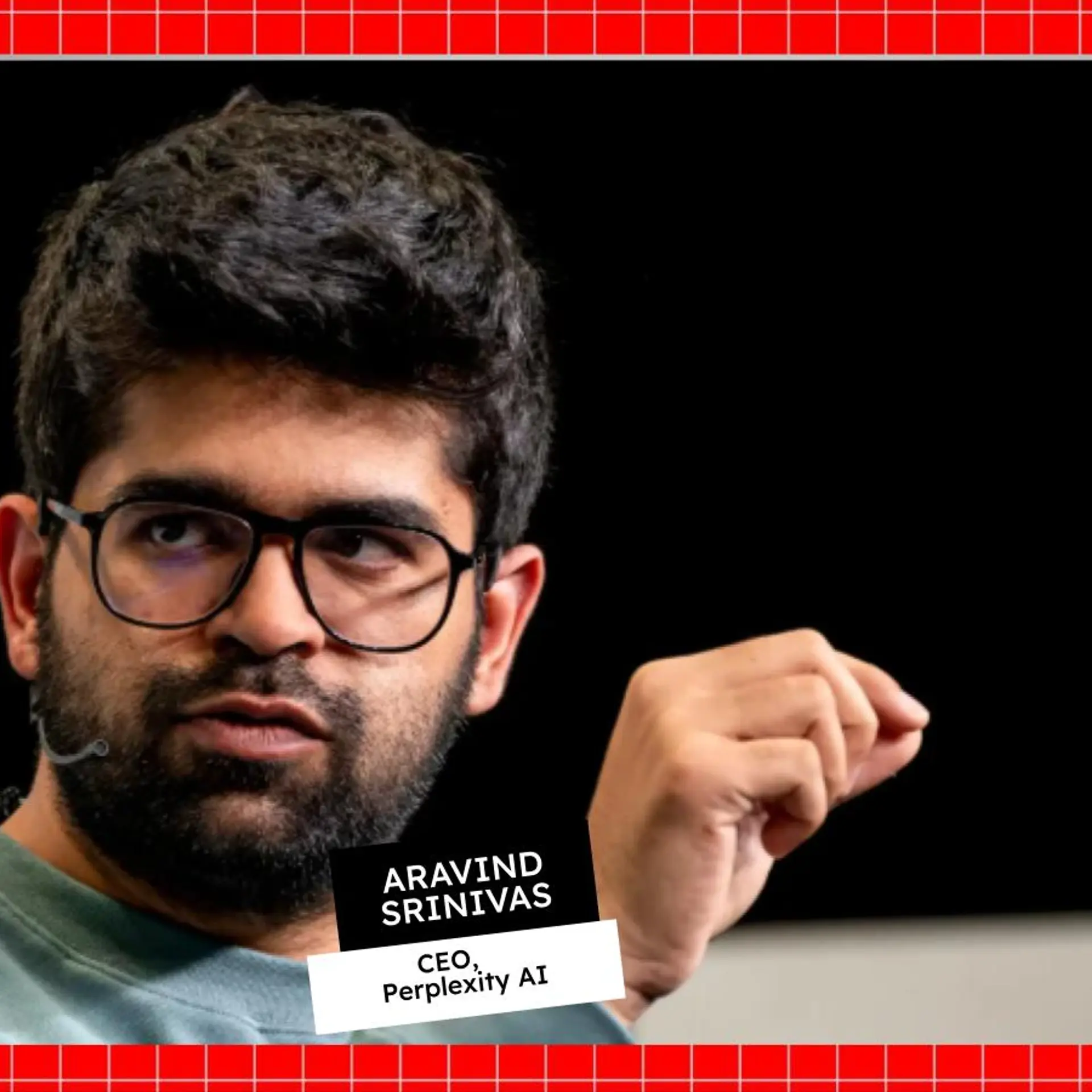Digital marketing in the world of Metaverse
Just like how the internet connected people from across the world, Metaverse can help users experience an immersive virtual environment. Let’s learn what’s in for digital marketing in the Metaverse
How often do we hear that Metaverse is here or that we have been living in it for a while having played first-person view games on phones or PCs?
A hot tech topic these days, Metaverse has piqued everyone’s interest. According to a McKinsey report titled “Marketing in the Metaverse: An opportunity for innovation and experimentation,” internet searches for the term Metaverse increased by 7,200% in 2021.
You might have heard of how music artists have invested in the concept. It doesn’t stop at that. Many global enterprises are looking at the canvas as lucrative from a business standpoint. Investment banking giant JP Morgan Chase has already unveiled its virtual workplace and immersive experience on Decentraland–a Metaverse platform.
What’s in for marketers on the Metaverse?
From the entertainment industry to healthcare giants, every business is looking for ways to make its presence in the Metaverse sphere. This means that the space is perfect to push marketing ideas.
The pandemic showed the way for Metaverse marketing. What better than an indulging, online environment wherein you can see each other and interact in the form of digital avatars?
As the target audience, i.e. the millennials and Gen Z are here for real-time content and experience. Marketers are here too, in a bid to attract a large lot of leads to their products through immersive experiences. Given that there’s no limit to innovation and the addition of a virtual environment in the Metaverse, marketers are going the last mile to influence the leads to convert into customers.
Interestingly, the online in-game merchandise market is booming among digital communities and is estimated to reach $74.4 billion by 2025. That translates to how much the modern-day consumer, the young generation is investing their capital in online experiences over tangible ones.
Luxury fashion house Balenciaga recently joined hands with Fortnite in which the avatars playing the game can shop and buy virtual merchandise from the luxury clothing brand.
Other luxury apparel brands, too, are already trying their hand at being better in this space, and in the process, are paving way for small and mid-size enterprises to be on the platform. The McKinsey report cites an example of how celebrated fashion brand Gucci attracted a whopping 19.9 million visitors in two weeks when it launched a Metaverse version of its real-world Gucci Garden on Roblox.
Not restricted to only digital assets, Metaverse has potential for online-to-offline transactions as well. Remarkably, a non-governmental organisation representing the voice of many processed food manufacturing players hosted a homegrown exhibition-cum-conference event in which exhibitors presented their products in online pop-up shops.
Here the brand representatives’ avatar could interact with the avatars of visitors. They then struck a deal at the event and delivered the physical product to the customer in person at a later date.
How can you make the most of Metaverse marketing?
Not every company has the brand or the budget of Gucci, which is why young brands must measure their skillsets and invest in hiring talent for their Metaverse marketing projects.
Learning from the established players in this space will only aid the new brands to make their operations on the Metaverse more valuable and fool-proof.
Taking a shot in the dark can lead to failure, especially for new brands navigating the complex space of Metaverse. Brands run the risk of overpromising and underdelivering on the Metaverse sphere, only to face negative feedback from the customers on social media pages. To cite an example, tech giant Meta, through Horizon Workrooms is trying to transform virtual meetings in the form of avatar-based virtual boardrooms.
Zoom calls with real-time video and audio between the communicators was good enough for many. Horizon Workrooms require a VR headset just for the sake of being at the virtual boardroom, an ask that users find taxing.
In the Metaverse, according to the McKinsey report, compliance risks can be even higher since these events are live in real-time and more immersive. Having compliances and policies in check to which the visitors agree, brands can better manage the visitor’s journey through the virtual platform, manage their digital assets in a streamlined way, and assure data privacy, and safety against misinformation.
Last but not the least, there’s rethinking required in measuring performance on the Metaverse. Since it is real-time and immersive, it is about the micromanagement of each visitor, turning them into valuable clients who will then spread the word about shopping from the brand.
“With the metaverse, marketers may need to define new engagement metrics accounting for the unique behavioral economics at play,” underscored the Mckinsey report.
While the space is new, knowing the basics can get your business to thrive in the long run. Of course, there’s a lot of potentials that the concept has in its entirety which will only keep unveiling with more and more experimentation by brands and individuals in this space.
(Disclaimer: The views and opinions expressed in this article are those of the author and do not necessarily reflect the views of YourStory.)







